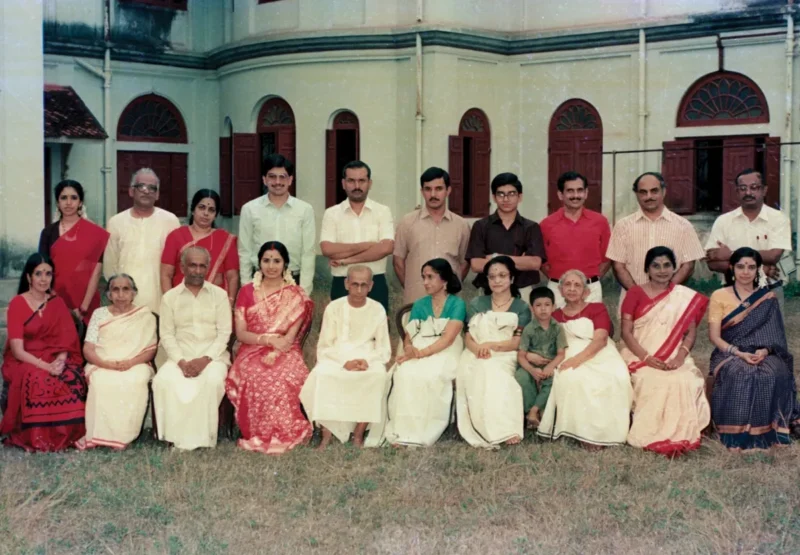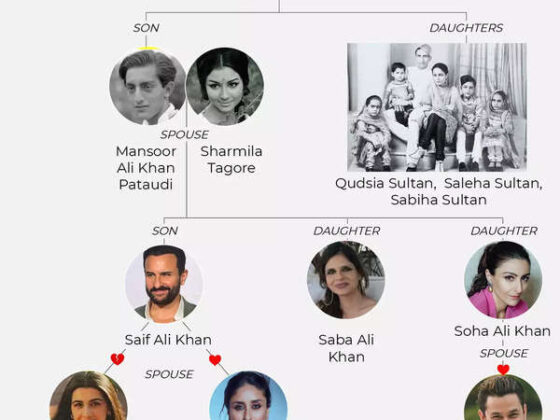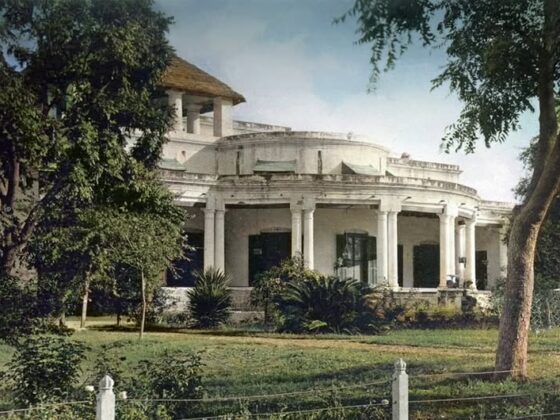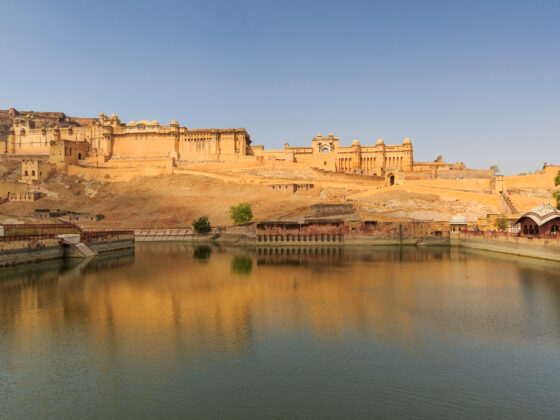The Legacy of the Travancore Royal Family: A Glorious Past
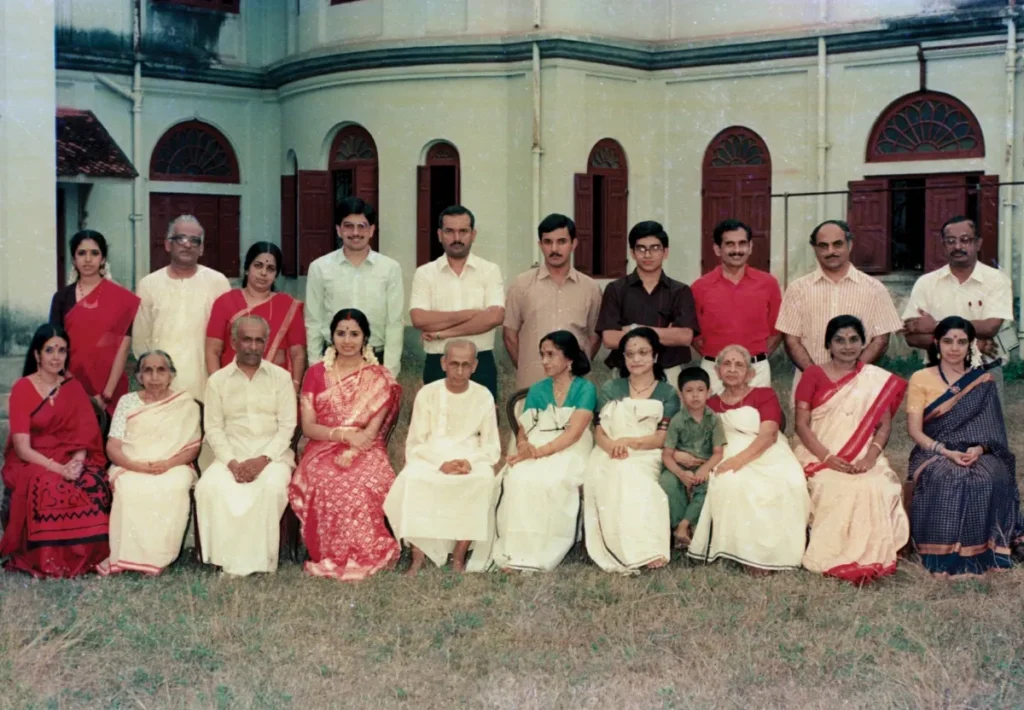
Introduction
The Travancore Royal Family is one of the most influential dynasties in Indian history. They shaped Kerala’s socio-political and cultural landscape for centuries. Known for their strategic governance and deep devotion to Lord Padmanabha, they implemented progressive reforms. Their remarkable legacy continues to fascinate historians and enthusiasts.
Origins and Early History
The Travancore Royal Family traces its roots to the Chera dynasty, one of South India’s oldest ruling houses. The kingdom of Travancore emerged in the 18th century under Maharaja Marthanda Varma (1706–1758). He expanded the territory, defeated external threats, and introduced administrative reforms. His vision established a prosperous state.
Marthanda Varma made a historic decision by dedicating his kingdom to Lord Padmanabha. This act, known as “Thrippadidanam,” turned the rulers into custodians of the state. It reinforced their duty to serve the people.
The Reign of Enlightened Rulers
Successive rulers of Travancore prioritized modernization, education, and infrastructure.
Dharma Raja Karthika Thirunal Rama Varma (1724–1798)
He strengthened Travancore’s military and diplomatic ties. His leadership ensured stability and protected the kingdom from external threats, especially during the Anglo-Mysore conflicts.
Swathi Thirunal Rama Varma (1813–1846)
A patron of arts and culture, Maharaja Swathi Thirunal was a prolific composer. He contributed to Carnatic and Hindustani music. His reign also saw administrative improvements in healthcare and education.
Uthradom Thirunal Marthanda Varma (1922–2013)
As a modern-day royal, Uthradom Thirunal preserved Kerala’s cultural heritage. He actively participated in religious duties and upheld Travancore’s traditions.
The Padmanabhaswamy Temple and the Royal Connection
The Travancore Royal Family remains deeply connected to the Padmanabhaswamy Temple. This temple, famous for its immense treasure, ranks among the wealthiest religious institutions in the world. The royal family has served as custodians for generations, ensuring its upkeep.
In 2011, the Supreme Court of India ordered an inventory of the temple’s vaults. The discovery of gold ornaments, precious stones, and antique artifacts revealed a wealth worth billions. Despite their status, the Travancore family never claimed ownership, reaffirming their service to Lord Padmanabha.
Contributions to Education and Social Reforms
Travancore’s rulers played a key role in education and social progress. Under their leadership, many schools, colleges, and public institutions emerged. Their most notable contributions include:
- Introduction of English Education: Maharaja Swathi Thirunal and Ayilyam Thirunal promoted English education. They founded the University College in Thiruvananthapuram.
- Abolition of Untouchability: In 1936, Maharaja Sri Chithira Thirunal Balarama Varma issued the historic “Temple Entry Proclamation.” This allowed oppressed communities to enter Hindu temples, promoting social equality.
- Public Infrastructure Development: The Travancore government invested in roads, irrigation projects, and hospitals. These initiatives set a benchmark for governance in pre-independent India.
Decline of Monarchical Rule and Integration with India
After India’s independence in 1947, princely states had to integrate into the Indian Union. Initially, Travancore sought to remain independent. However, political negotiations led to its merger with India in 1949. Maharaja Sri Chithira Thirunal Balarama Varma relinquished his ruling powers but continued to be a cultural and spiritual leader.
Even after royal rule ended, the Travancore Royal Family remained respected in Kerala. They played a symbolic role in preserving traditions, particularly in religious and cultural affairs.
Legacy and Modern-Day Relevance
Today, the Travancore Royal Family continues to be an integral part of Kerala’s heritage. The present head, Moolam Thirunal Rama Varma, actively participates in temple affairs and cultural preservation.
Their commitment to Lord Padmanabha and contributions to Kerala’s history make them a symbol of tradition and service.
Conclusion
The Travancore Royal Family’s legacy remains deeply embedded in Kerala’s history. Their devotion to Lord Padmanabha and pioneering reforms shaped the region’s cultural and socio-political landscape. As custodians of a timeless heritage, they continue to influence and inspire generations.


